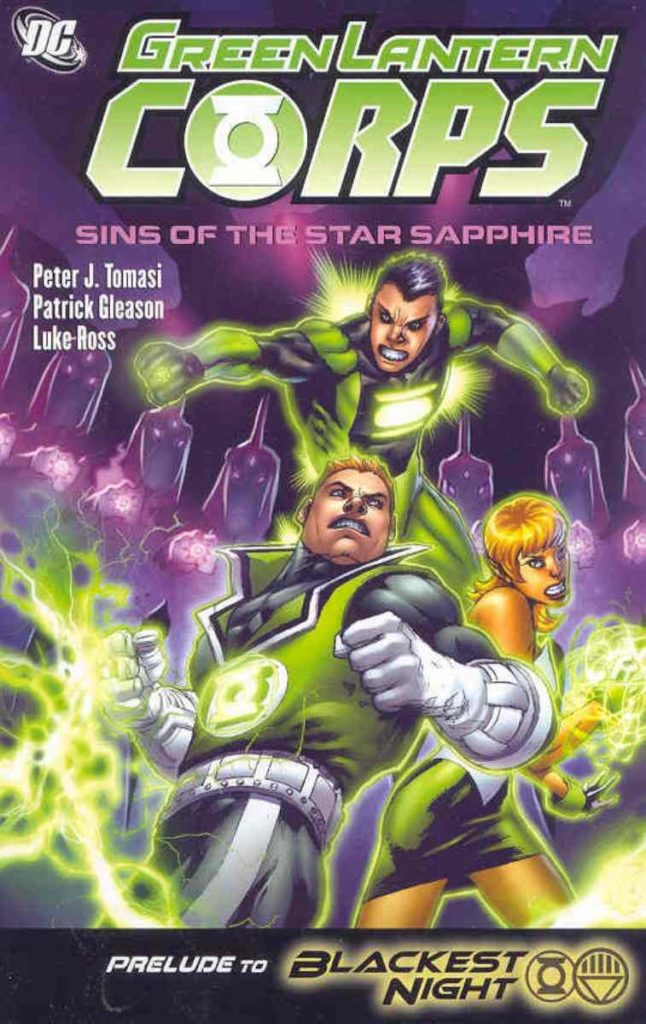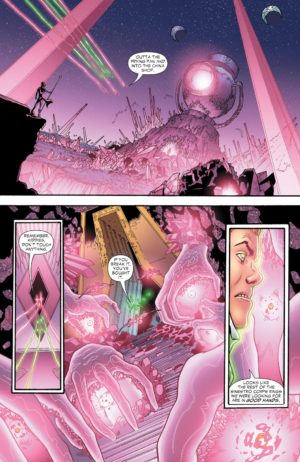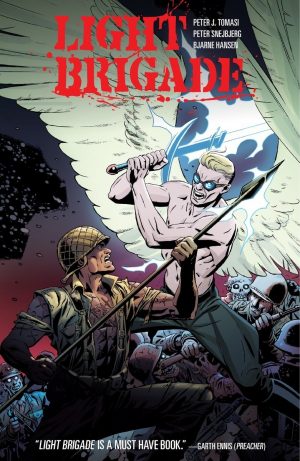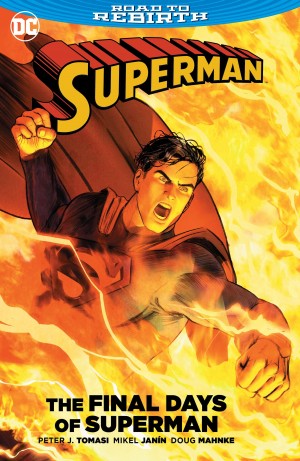Review by Ian Keogh
While having interesting moments, Ring Quest didn’t show the best of Peter J. Tomasi on Green Lantern Corps, but Sins of the Star Sapphires steps up the pace. It features a two chapter story followed by one of four chapters, both introducing intriguing characters and situations. Take Saarek, for instance, a Green Lantern able to communicate with the dead, a matter not all his colleagues acknowledge. As drawn by guest artist Luke Ross there’s a slight creepiness to him and his talent is one that disturbs. It’s needed when someone seems to be making a statement by murdering the families of trainee Green Lanterns. They’re not even the worst of the creeps seen here, which applies to a baby stealing villain introduced afterwards, who makes Chitty Chitty Bang Bang’s Child Catcher seem a cheery companion in comparison.
Regular artist Patrick Gleason is back for the remainder of the book, with the Guardians concerned about secretive happenings on Zamaron, home of the Star Sapphires. Their belief that love can be used as an effective power source runs contrary to the cold and emotionless existence of the Guardians of the Universe, and to some extent frightens them even if they refuse to believe it. Tomasi opens an interesting philosophical debate, and one that intentionally or otherwise has a bearing on what the Guardians do a considerable way down the line. For all their claims of higher principles, Tomasi’s version of the Guardians is that when it suits their purposes deceit and manipulation are the tools of their trade.
Of concern in both stories is the activities of the Sinestro Corps, powered by their yellow rings, devoid of conscience, and set forth to commit evil, and there’s a creative depravity about them that some readers may consider too distasteful for a superhero title. Otherwise Tomasi’s plots pull readers along and have an unpredictable quality. We know that Guy Gardner and Kyle Rayner will survive anything, but almost every other Green Lantern could perish, and several do.
Artistically, Ross is preferable to Gleason for achieving a greater consistency and for not being as reluctant to pull the viewpoint out for an expanse, rather than closing in. There are still problems with Gleason’s people as well, their expressions sometimes not right for the mood, and sometimes pulled into strange shapes.
Mongul was the primary villain in Ring Quest, where he was delivered to an apt fate, but it’s one he’s escaped, and throughout events here we see his progress until he arrives at Daxam on the final page. That’s a matter to be picked up in Emerald Eclipse. Or both are among the content of Green Lantern Corps by Peter J. Tomasi and Patrick Gleason Omnibus Vol. 1.





